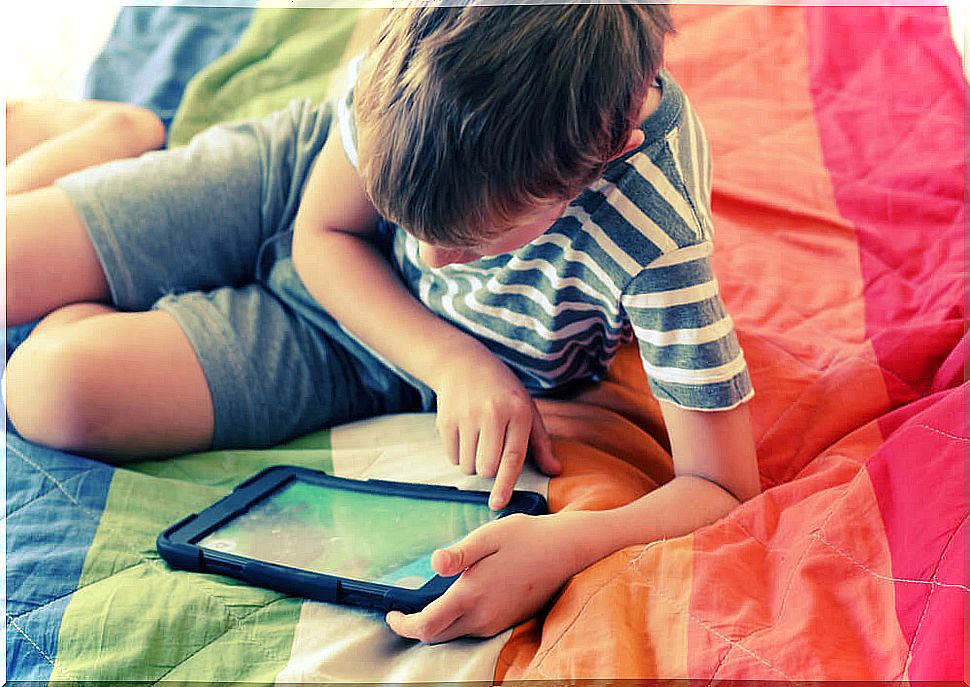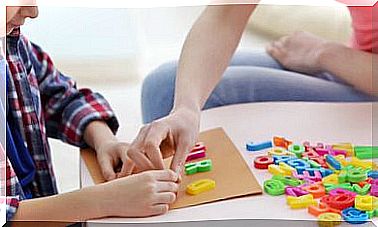Benefits And Limitations Of Virtual And Augmented Reality In Classrooms
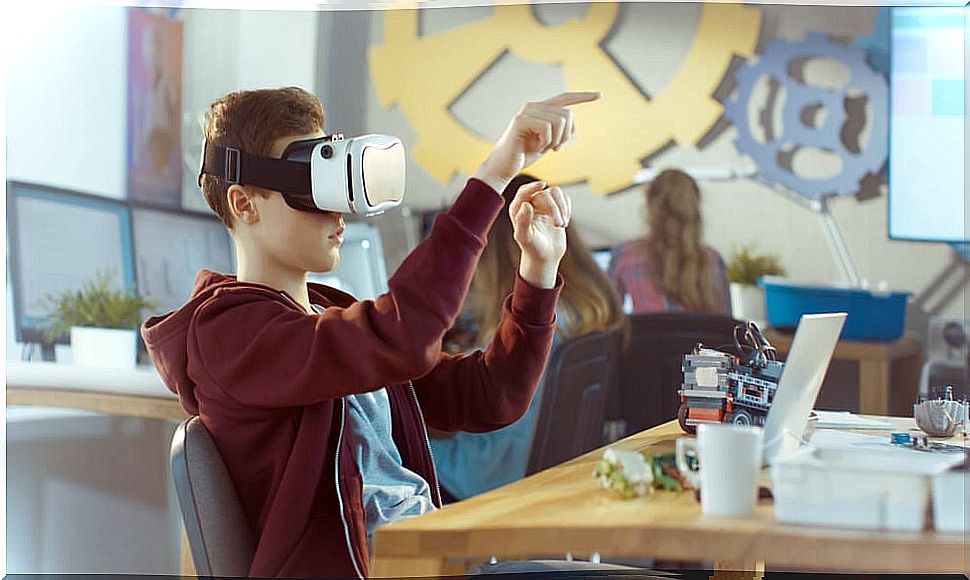
The implementation of new technologies in education is a reality in our society today. However, despite their many advantages, virtual reality and augmented reality still have a long way to go in the world of education. Read on and discover the benefits and limitations of virtual reality (VR) and augmented in the classroom.
How are virtual reality and augmented reality implemented in education?
To begin with, what are virtual reality and augmented reality? How can they be implemented in the education system? According to the Augment platform , virtual reality is an artificial simulation generated by a computer of a real-life environment or situation, especially stimulating vision and hearing.
That said, in the educational field, virtual reality would be able to immerse the student in such a way that it would make them feel as if they were experiencing simulated reality directly. Some of the technologies used for a virtual reality experience are Oculus glasses , for example.
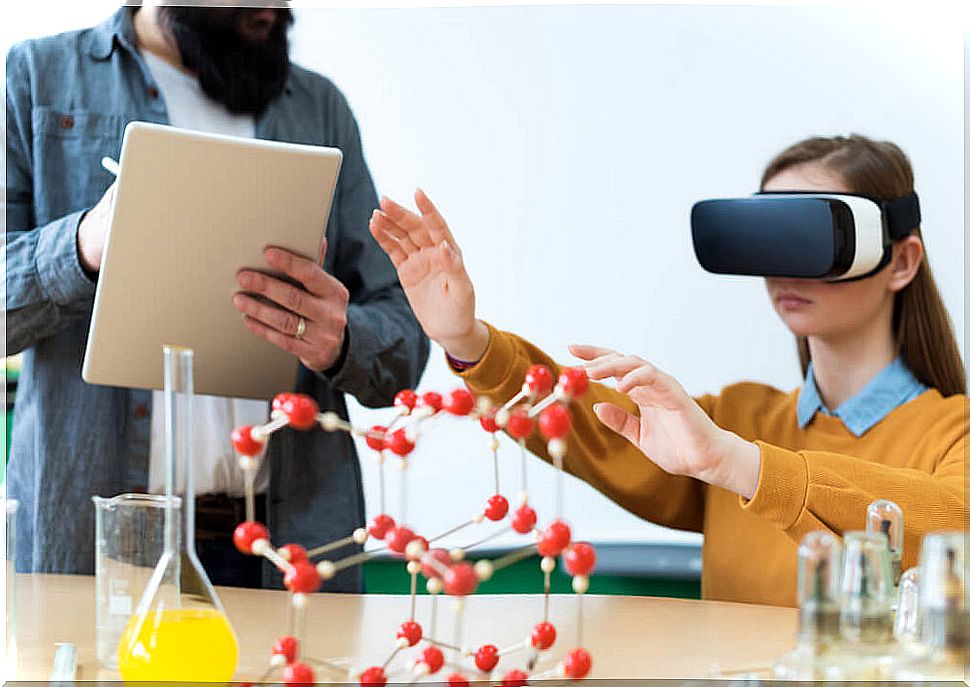
For its part, augmented reality would be the technology that superimposes the improvements generated by a computer on an existing reality in order to make it more meaningful through the ability to interact with it. Students can make use of augmented reality through mobile applications, for example, which combine digital components in the real world.
And what does this mean in education? It implies the experience of the teaching process, which is key to achieving the motivation of the students and, ultimately, ensuring that they acquire significant learning.
The fact that students feel immersed in what they are doing, that is, in their teaching-learning process, leads them to assimilate the content and acquire a series of skills through experience.
What are its benefits and limitations in the classroom?
Despite its multiple demonstrable advantages, it seems that the products and, ultimately, the technology of virtual and augmented reality is not yet for all audiences, because it is not economically affordable.
As Mario Alaguero, a professor at the University of Burgos and a specialist in digital restoration, points out, the main problem with virtual and augmented reality in classrooms is the lack of funding for education. According to him, it is essential to know how to use technologies correctly, optimizing resources for creating content, such as portable virtual reality.
Furthermore, the fact that their products have a reduced longevity leads to poor reception in educational centers, causing teachers and other professionals to lose interest in acquiring them for their classrooms.
However, the number of beneficial aspects of virtual and augmented reality in classrooms is far greater than its limitations. On the one hand, it deeply promotes the motivation of students, since it is an attractive technology for them, in a way that considerably encourages their attention and interest in the content.
In the same way, the fact of positioning the student as the protagonist of their own learning and showing them the content in a real and practical way, favors the retention and assimilation of the content.
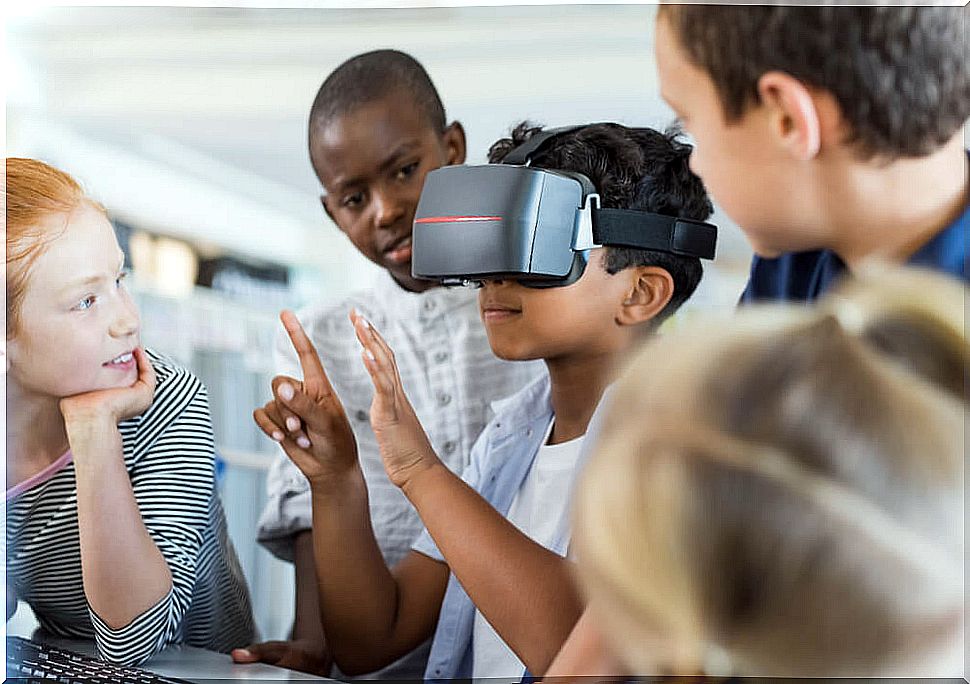
Likewise, using techniques such as cooperative learning through augmented and virtual reality helps to develop a series of social and personal skills necessary, not only for personal and academic life, but also for the social and work future. And, above all, they help to establish a good educational scenario in the use of new technologies.
The value of augmented and virtual reality
Finally, augmented and virtual reality can become an emotional experience that can help promote values. By dealing with everyday and real situations in which students have to play a role, the student is getting to put himself in the place of others, that is, to learn to put himself in the perspective of the other and, consequently, to empathize.
Ultimately, the use of virtual reality and augmented reality in classrooms has the sincere intention of transforming the teaching process in order to improve the quality of education and create meaningful learning in the student. And, despite the fact that today it still has many limitations, it is worth continuing to work on virtual reality and augmented by all the benefits it manifests at an educational level.
